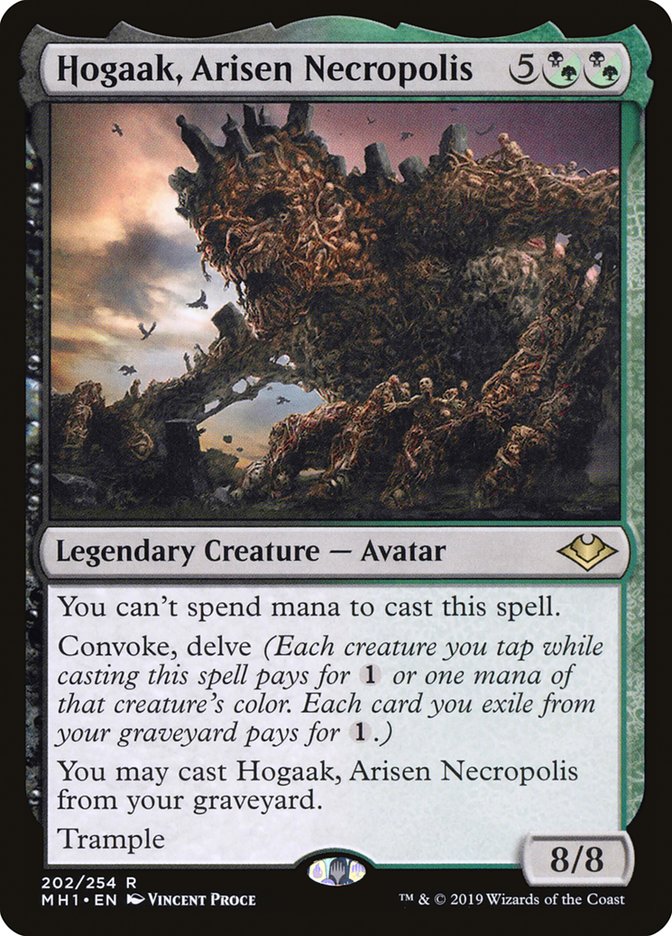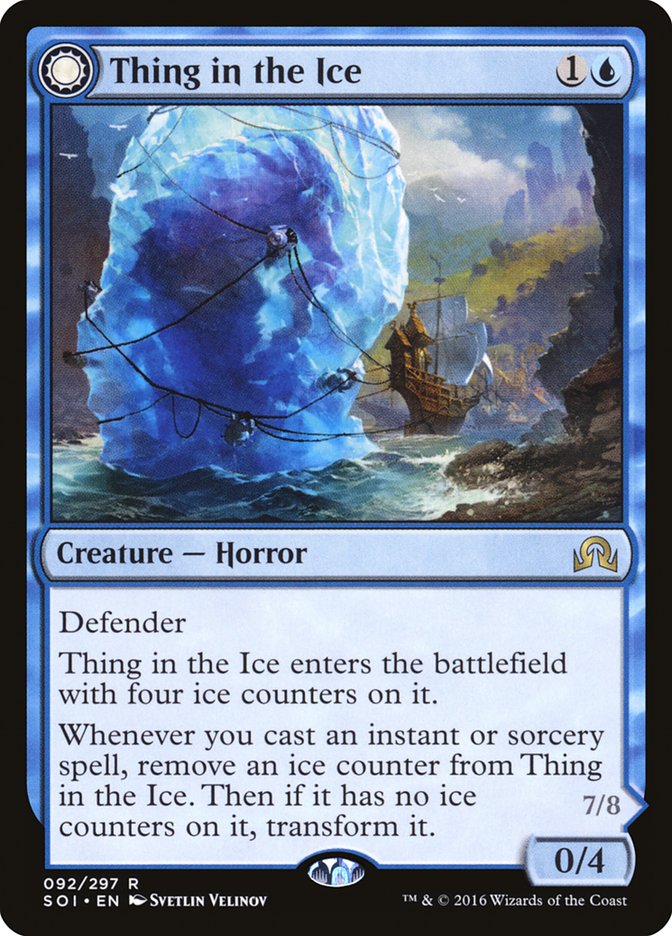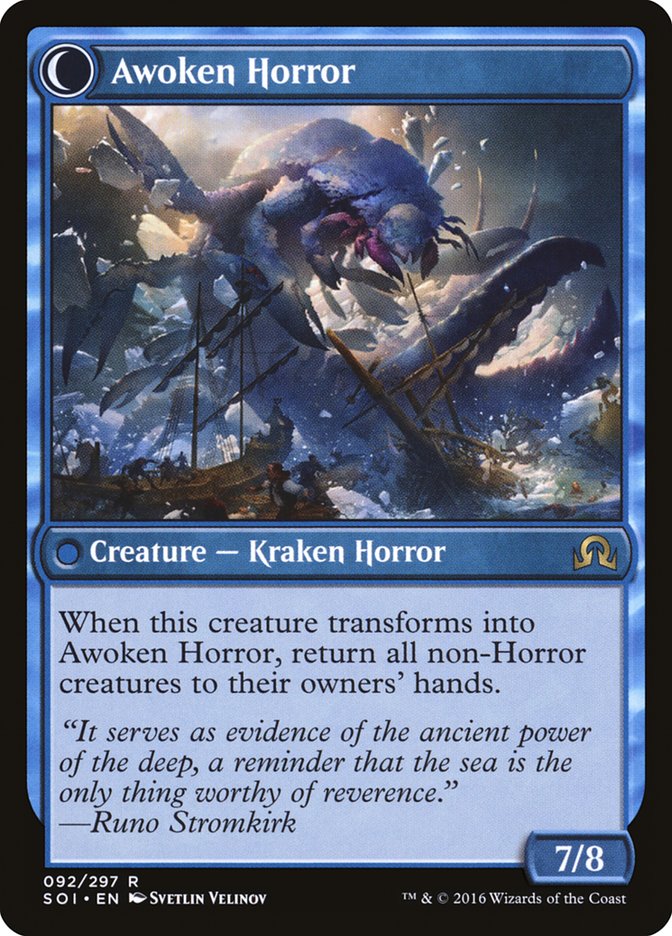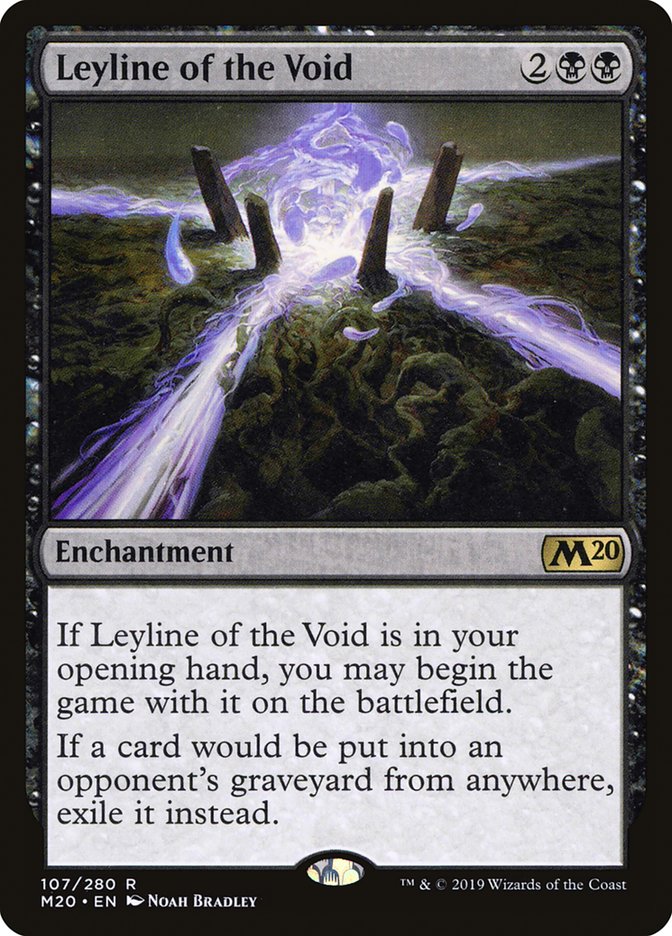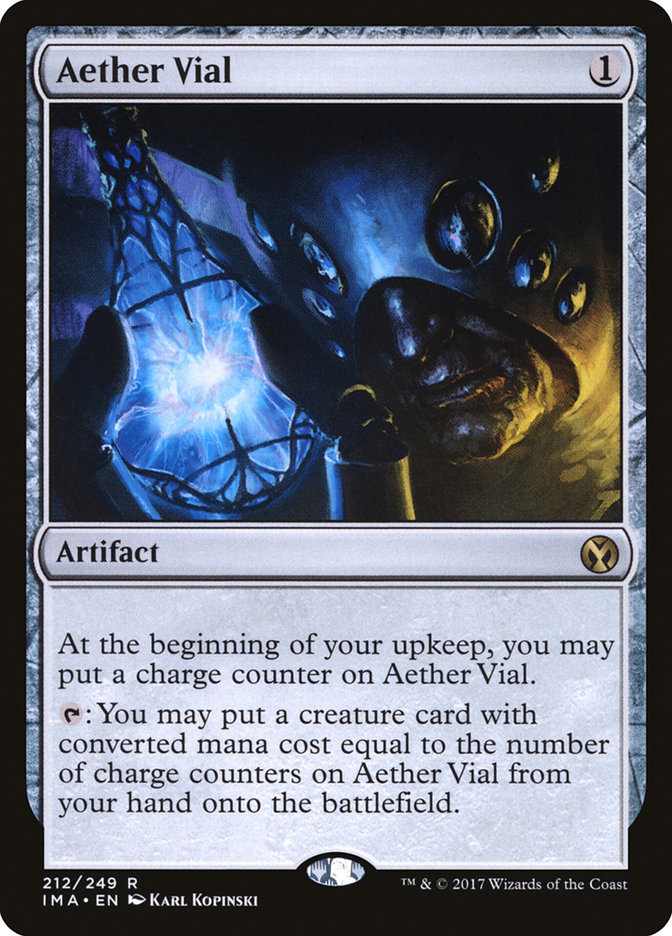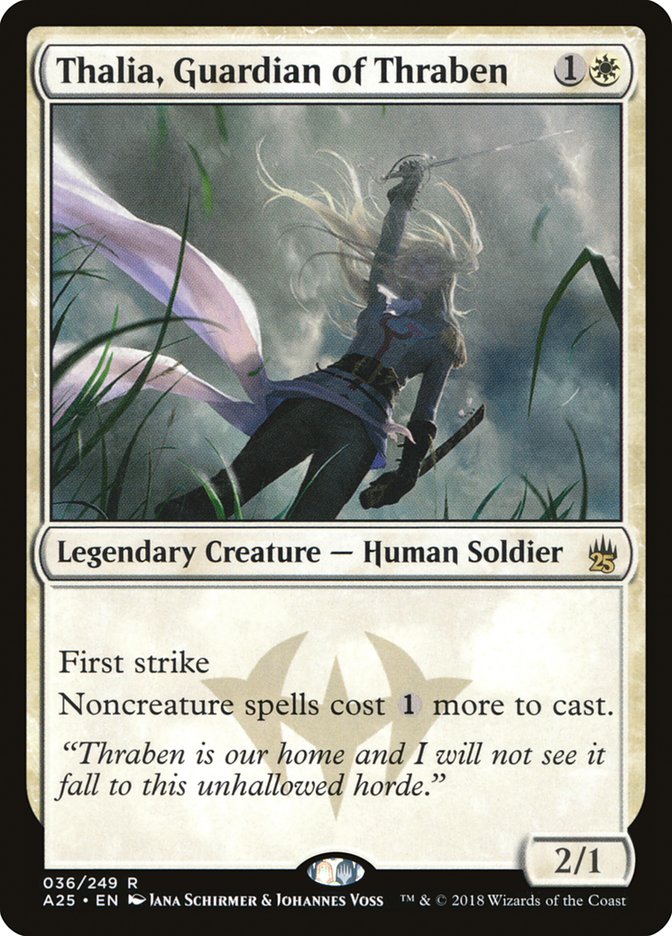Change is scary for an old man like me. Magic is a dynamic game, but I like the times when I can play 72 of the same 75 I played the week before and feel good about my chances, slowly gaining mastery of a single deck over a period of months. I’ve done it many times in the past, with Maverick, Elves, and Storm in Legacy; Pod, Twin, and Dredge in Modern; and Azorius Delver and Mono-Blue Devotion in Standard. It’s no surprise that these decks total the bulk of my success over the last seven years.
But eventually I had to put each of those decks down. Sometimes it was due to rotation or a ban, but in many cases the deck simply faded as other decks arose and the metagame became too hostile. As any professional athlete will tell you, Father Time is undefeated.
Creatures (10)
Lands (18)
Spells (32)

Such is the case now with Izzet Phoenix. Perhaps the deck I will be most closely associated with, given the significant hand I played in innovating and popularizing the archetype, it has been dominant for stretches over the last eight months and still quite strong even when everyone was gunning for it.
But as of now, I cannot in good conscience recommend anyone play Izzet Phoenix in their next Modern tournament. A lot has changed since I first played the deck last November, with several sets released and various shifts in the metagame, from the drop-off in Bant Spirits to the rise and recession of Burn following the printing of Light Up the Stage and Skewer the Critics – but Izzet Phoenix remained strong through it all.
So what changed?
Unsurprisingly, there’s a confluence of factors at play. The printing of Narset, Parter of Veils made the control matchups significantly harder, and Izzet Phoenix’s tricks are no longer new – everyone knows what’s coming and how to play against the deck. But from my vantage, I see three primary issues suppressing Izzet Phoenix: the rise of Hogaak, the decline in Lightning Bolt, and the influence of the London mulligan. Let’s go through them individually.
Hogaak Is Busted
This one is pretty simple. I know Modern’s new bogeyman failed to come away with a trophy last weekend, but it was still one of the best-performing decks by any metric, and it did so in two rooms full of Boy Scouts, because these players came prepared. Leyline of the Void was the single most-represented card at Mythic Championship IV, and many of those were found in maindecks.
There are many options for graveyard hate in Modern. Leyline of the Void is the one that tells your opponents you’re not messing around and you hope every graveyard player leaves the event hall questioning every life decision they’ve ever made. Ultimately, it’s the greatest sign of respect.
There are two problems Izzet Phoenix faces with the rise of Hogaak. First is that Hogaak is simply a more powerful deck right now. I fully expect a ban to happen at the next opportunity, and until then, I can’t recommend you play anything else in Modern.
But even if you’re one of those people who irrationally hates or fears playing the default best deck, the next level is to find something with a positive Hogaak matchup, and Izzet Phoenix is not it. Your removal is ineffective in the matchup, especially against an 8/8 trampler on Turn 2, which means you’re forced to win a race. That means transforming Thing in the Ice, which you probably have to do by Turn 3, maybe Turn 4 if you’re on the play.
Ironically, this was easier before Bridge from Below was banned, since that version of the deck played no maindeck interaction for Thing in the Ice, whereas now they have Lightning Axe and/or Fatal Push alongside some copies of Assassin’s Trophy in the sideboard. Even if you manage to land an Awoken Horror, it’s not that hard for the Hogaak player to rebuild given how low their curve is, at which point the Arisen Necropolis trumps Awoken Horror in combat.
The second issue is that the graveyard hate that Izzet Phoenix likes to play – Surgical Extraction and Ravenous Trap – is often ineffective against Hogaak. They can stop the Bloodghast and Vengevine draws, but Hogaak itself frequently leaves no window for it to be removed by a one-shot effect, since they will retain priority following a Stitcher’s Supplier or Satyr Wayfinder trigger.
Unable to stomach my supposed hate card not actually doing anything, I made the commitment to four copies of Leyline of the Void in my sideboard. I never went past Cub Scouts, but I guess I picked up the preparedness bit.
Still, in my lone match against Hogaak on the weekend, my Turn 3 Awoken Horror plus Arclight Phoenix on the play wasn’t good enough in Game 1, and my Turn 0 Leyline of the Void wasn’t good enough in Game 2, despite never leaving the battlefield. Obviously this is only one match, and there were some strange circumstances in those games, but when you’re a significant underdog in a matchup outside of specific circumstances, and far from a lock to win when those circumstances occur, things are grim.
Lightning Bolt Is Poorly Positioned
Beyond a poor Hogaak matchup, Hogaak’s secondary effects on the metagame have been bad for Izzet Phoenix. Eldrazi Tron has enjoyed a renaissance of late due to the power of Chalice of the Void, and that matchup is quite poor. Mono-Green Tron took home both trophies last weekend. That matchup, while close, takes significant space in a sideboard stretched by the need for more graveyard hate.
At a macro level, the current metagame is rather hostile to Lightning Bolt. Humans and Mono-Red Phoenix are the only decks seeing significant play where Lightning Bolt is good. Bolt is still serviceable against Jund as well, but for the most part the card is underwhelming, which is a problem since it’s the backbone of Izzet Phoenix’s disruption package.
With twenty slots devoted to cantrips and Faithless Looting, there isn’t much room for actual disruption in the deck, and because of Thing in the Ice and Arclight Phoenix, you want disruption spells that can be cast proactively when they don’t have a target on the battlefield. Lightning Bolt was, and still is, the perfect card for the job, and I don’t think moving away from it will do any good. Magmatic Sinkhole, Flame Slash, and the like are there in small numbers to answer the threats Lightning Bolt misses, but generally Thing in the Ice cleans up the larger creatures.
Izzet Phoenix has always been at its best against creature decks, especially those where Lightning Bolt and Gut Shot are well-positioned. I originally got on the deck when Modern was full of Noble Hierarchs – in Humans, Bant Spirits, and Infect. I thought Thing in the Ice was a powerful card against Dredge and having a good proactive plan would let me steal some pre-sideboard games in that matchup as well.
Over time Izzet Phoenix has had to adapt to other decks, notably Ironworks, Burn, and Azorius Control with Narset, Parter of Veils, but the small creature matchups are its bread and butter. When the deck had to spread itself too thin to gain an edge in these other matchups and the mirror, it declined. I’ve jokingly quipped that I always win when I can maindeck Gut Shot and rarely win when I have to maindeck Surgical Extraction, but there’s some truth there.
There’s only so much room to modulate the deck when so much space is taken by the cantrip engine, so naturally, when the cards that fit best in the deck are also those that play best with the engine, Izzet Phoenix will be at its best. But right now, you need cards like Leyline of the Void against Hogaak, reactive counterspells and Blood / Alpine Moon against both types of Tron, and various answers to Chalice of the Void to compete in the metagame.
Fitting all of those cards in the deck requires sacrificing the bread-and-butter matchups, to the point where Thalia, Guardian of Thraben is a real problem and the Humans matchup is close to even at best. In this state, it’s easy to envision Izzet Phoenix as the proverbial “45% deck” with all close matchups but few that are actually favorable. The 45% deck can be hard to put down, since the margin is small and often it feels like you’re getting unlucky in tight spots, but that’s how I currently view Izzet Phoenix.
The London Mulligan
With all the (undeserved) talk about how Modern is a format replete with degenerate decks trying to out-nut draw their brethren or find their overpowered sideboard hate in a relevant time frame, the greatest advantage Izzet Phoenix had over the field was its consistency. With all the cantrips the deck almost never fails to do something powerful by Turn 3 or Turn 4, and if its first wave of attack is stymied, the second will come along quickly. When combined with high-end draws that were comparable to the rest of the metagame, you had a recipe for success.
The London mulligan has cut into the consistency edge that Izzet Phoenix held over nearly every other deck in Modern, perhaps the easiest way to go from the 55% deck to the 45%. There are fewer stumbles from our opponents to pounce on for easy wins, and more of their high-end draws to contend with, and that’s a problem.
Even in ostensibly good matchups like Humans, having to face down more Turn 1 Aether Vials; Turn 2 Thalia, Guardian of Thrabens; and Reflector Mages on Thing in the Ice is a big deal. And for a matchup like Mono-Green Tron which has historically been quite close, the additional consistency of assembling the UrzaTron by Turn 3 or 4 is huge.
The impact of the London mulligan in any given matchup will be rather small, but Izzet Phoenix feels it in nearly every round of every tournament, and over time that adds up to a real loss in win rate and tournament equity.
We saw a similar process occur with Grixis Death’s Shadow in 2017. The deck was dominant for a stretch when it was new and everyone was adapting to Fatal Push as a new pillar of removal in Modern, but eventually the format adapted and bad matchups like Humans were found. Now Death’s Shadow is on the fringe of the metagame, popping up on occasion but rarely a serious threat to take down tournaments.
Will the same fate befall my precious Phoenixes? At this point it’s hard to say. Two of the three variables I listed above could be removed with a Hogaak ban, though Modern Horizons has given us enough powerful tools that such a ban wouldn’t revert us back to the previous metagame.
It’s really the effect of the London mulligan that we have to watch out for. It’s unclear how much weight each of these effects is having towards suppressing Izzet Phoenix, so a Hogaak ban might be enough to push the deck into contention once more, but the consistency edge it once enjoyed isn’t coming back.
My guess is we’ll see Izzet Phoenix settle in as a Tier 2 option for Modern, but one that has the potential to break out in any tournament where Lightning Bolt and Gut Shot are particularly well-positioned. If Hardened Scales, Infect, and Bant Spirits re-emerge, there will be space for Izzet Phoenix to feast, and if it turns out that a Hogaak ban is all the deck needs, I’ll be the first person to jump back on the bandwagon when the time comes. But I fear the London mulligan has done irreparable harm to the archetype, so it’s time to move on.
I knew this day would come, and as someone who has seen plenty of decks come and go over the years, this one will sting a little harder. May our paths cross once more, dear friend.


